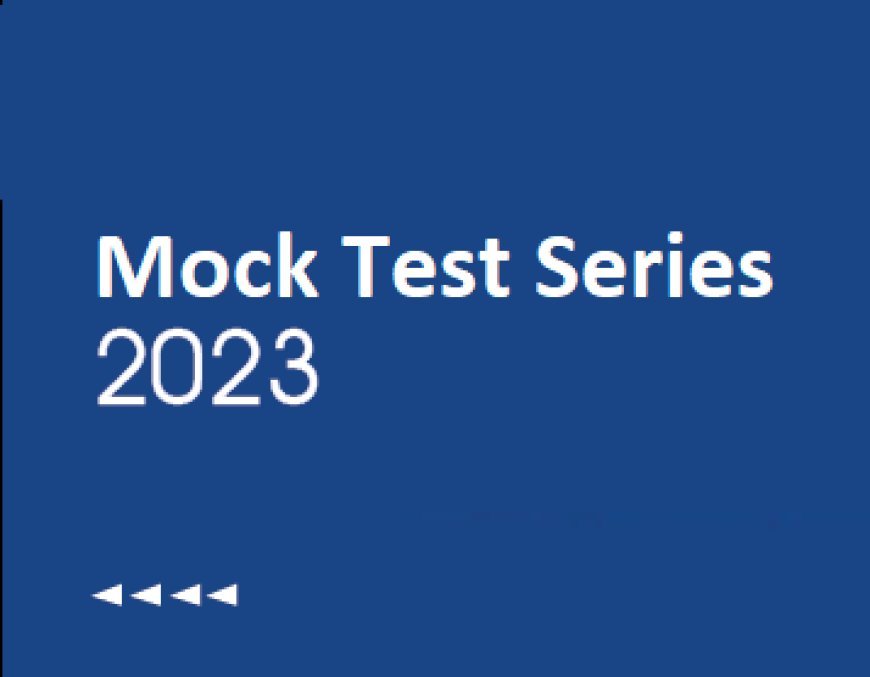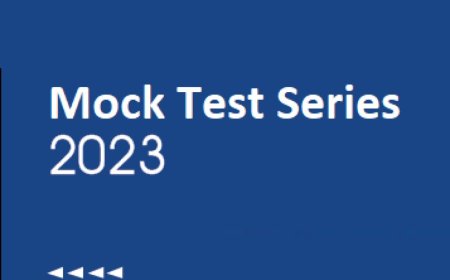AAO Exam-CT 15: Quant (Mensuration)
AAO Exam-CT 15- Quant (Mensuration)

-
10
-
14
-
20
-
None of these
Given:
One side of the square is 4 cm = Breadth of the rectangle
The area of the rectangle is thrice the area of the square
Formula used:
Area of a square = side2
Area of a rectangle = (Length × Breadth)
Calculation:
So, the area of the square = 42 cm2 = 16 cm2
According to the question, the area of the rectangle = (16 × 3) cm2 = 48 cm2
As per the question, the breadth of the rectangle is 4 cm
So, the length = (48/4) cm = 12 cm
∴ The length of the rectangle is 12 cm.
-
Rs. 4.2
-
Rs. 4
-
Rs. 4.8
-
Rs. 4.4
Given:
Length of wall = 30 metre
and Breadth of wall = 24 metre
The total cost of painting = Rs. 3,240
Formula used:
Area of a rectangle = Length × Breadth
Calculation:
Let the rate of painting per square metre be Rs. x.
Then, (Area of the wall) × Rate = Total cost
⇒ 30 × 24 × x = Rs. 3,240
⇒ 720x = Rs. 3,240
⇒ x = Rs. 4.5
∴ The rate of painting per square metre is Rs. 4.5.
-
612 m2
-
614 m2
-
618 m2
-
620 m2
Given:
Radius of a sphere = Radius of a cone
Volume of the sphere = Volume of the cone
Height of cone = 28 m
Formula used:
(1) Volume of a sphere = (4/3)πr3
(2) Volume of a cone = (1/3)πr2h
(3) Curved surface area of a sphere = 4πr2
where, r = radius and h = height
Calculation:
Let the radius of the sphere be x cm.
Then, Volume of sphere = Volume of cone
⇒ (4/3)π(x)3 = (1/3)π(x)2 × 28 cm
⇒ x = 28/4
⇒ x = 7 m
Now, Curved surface area of the sphere = 4πr2
⇒ 4 × (22/7) × 72
⇒ 616 m2
∴ The curved surface area of the sphere is 616 m2.
4. The area of the rectangle is 25% less than that of the area of the square. The radius of the largest possible circle inside the square is 20 cm. If the difference between the length and breadth of the rectangle is 10 cm, then, what is the perimeter of the rectangle?
-
150 cm
-
160 cm
-
130 cm
-
None of these
5. The ratio of the sides of two equilateral triangles is 2 : 3. If the area of the smaller triangle is 360 cm2, Find the area of the large triangle.
-
450 cm2
-
540 cm2
-
500 cm2
-
480 cm2
Given:
Area of smaller triangle = 360 cm2
a1 : a2 = 2 : 3
Concept Used:
Area of Equilateral triangle (A) = 3√4a2
a = Side of Triangle
Calculation:
A1A2= (a1)2(a2)2 =49
Here, 4 ≡ 360 cm2
⇒ 9 ≡ 360 × (9/4)
A2 = 810 cm2
∴ Area of larger triangle is 810 cm2.
6. The circumference of a circular garden is 22 cm and the area of a circular garden is 25% more than the perimeter of a square hall. Find the area of the square hall?
-
69.64 cm2
-
58.56 cm2
-
70.21 cm2
-
68.95 cm2
Given:
Circumference of Circle = 22 cm
Area of circular garden = 125% of the perimeter of a square
Concept Used:
Circumference of Circle = 2πR
Area of Circle = πR2
Perimeter of Square = 4a
a = Side of the Square
R = Radius of Cylinder
Calculation:
Circumference of Circle = 2πR
⇒ 2πR = 22
⇒ 2 × (22/7) × R = 22
Radius of circular garden = (22 × 7)/(2 × 22)
⇒ 7/2 cm
Area of circular garden (πR2) = (22/7) × (7/2) × (7/2)
⇒ 38.5 cm2
Perimeter of square = 38.5 × (4/5)
⇒ 4a = 38.5 × (4/5) cm
⇒ a = 7.7 cm
Area of square hall = 7.7 × 7.7
⇒ 59.29 cm2
∴ The area of square hall is 59.29 cm2.
-
√5 ∶ √6
-
√3 ∶ √7
-
√2 ∶ √5
-
None of these
Given:
The volume of the first one is thrice of the volume of the second one
The ratio of their height is 5 ∶ 2
Formula used:
The volume of a right circular cylinder = πr2h
Calculation:
Let the height of the first one be 5h and the height of the second one be 2h and also their radii be r1 and r2 respectively.
The volume of the first one is thrice of the volume of the second
So, the volume of the first one = πr12(5h)
The volume of the second one = πr22(2h)
According to the question, πr12(5h) = 3 × πr22(2h)
⇒ (r1)2/(r2)2 = (6/5)
⇒ (r1)/(r2) = (√6/√5)
⇒ r1 ∶ r2 = √6 ∶ √5
∴ The ratio of their radii is √6 ∶ √5.
-
4 m
-
3 m
-
2/5 m
-
None of these
Given:
Length of tank = 90 m
Breadth of tank = 40 m
Formula:
Volume of cuboid = l × b × h
Calculations:
Given, Average displacement of water by a stone = 8 m3
Then, the total volume of water displaced by 150 stones = 150 × 8 m3 = 1200 m3
The total volume of the tank (Volume of the cuboid) = l × b × h
⇒ 90 × 40 × h
⇒ 3600 × h
here h is the height by which the water level rises
Now, Total volume of the tank = total volume of water displaced by 150 stones
⇒ 3600 × h = 1200
⇒ h = 12/36
⇒ h = 1/3 m
∴ The water level rises by 1/3 m
-
2110 cm3
-
2910 cm3
-
1015 cm3
-
1758 cm3
Formula Used:
Volume of cylinder = πr2h
Volume of cone = (1/3)πr2h
where, r → Radius, h → Height
Calculations:

Radius of cone and cylinder = 7 cm
Height of cone and cylinder = 15 cm
Volume of remaining portion = Volume of cylinder - Volume of cone
⇒ Volume of remaining portion = πr2h - (1/3)πr2h = (2/3)πr2h
⇒ Volume of remaining portion = (2/3) × (22/7) × (7)2 × 15
⇒ Volume of remaining portion = 1540 cm3
∴ The volume of remaining portion is 1540 cm3.
 Shortcut Trick
Shortcut Trick
Volume of remaining portion = (2/3)πr2h
⇒ Required volume must be a multiple of 11
Checking option (4),
1540/11 = 140
⇒ Volume of remaining portion = 1540 cm3
∴ The volume of remaining portion is 1540 cm3.
-
5848 cu.cm
-
5736 cu.cm
-
5898 cu.cm
-
5558 cu.cm
Given:
Side of hexagon = 12 cm
Height of prism = 9√3 cm
Formula used:
Volume of prism = area of base × height
Area of hexagon = (3√3)/2 × side2
Calculation:
Area of base = (3√3)/2 × 12 × 12
⇒ 216√3 sq.cm
Volume = 216√3 × 9√3
⇒ 5832 cu.cm
∴ The volume is 5832 cu.cm






